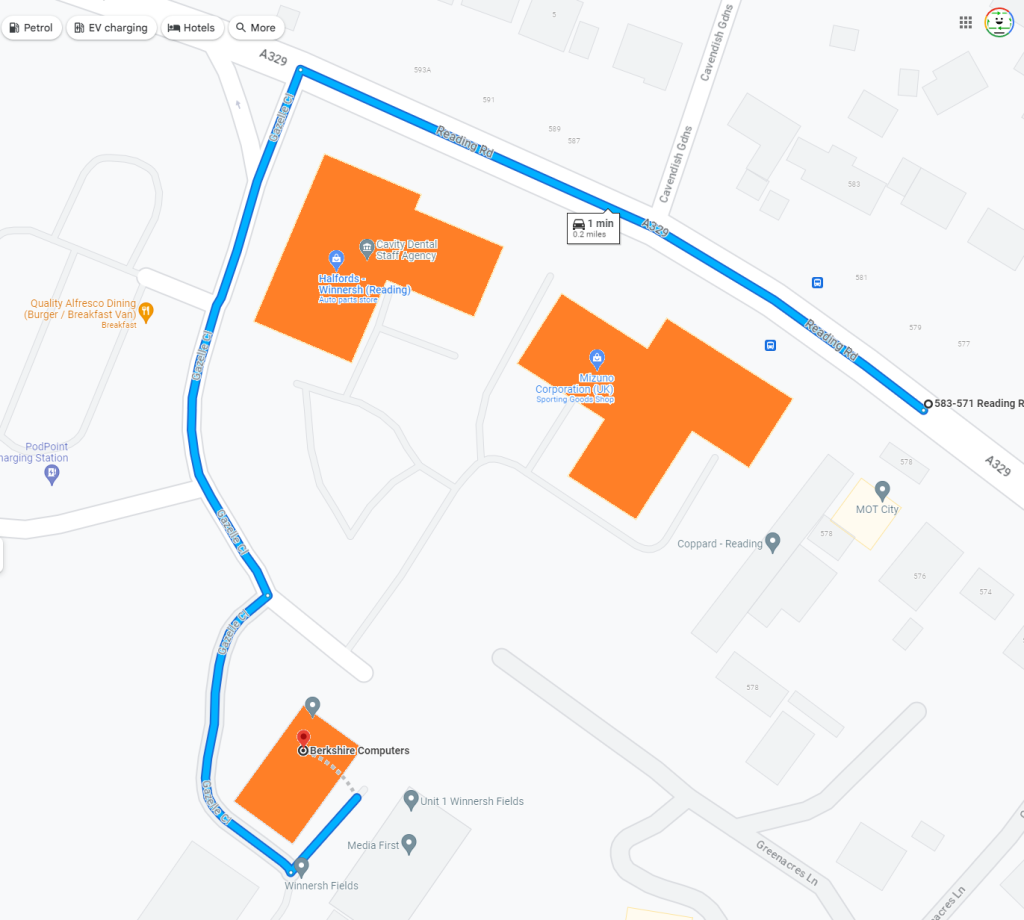Troubleshooting Motherboard Issues: Do You Need a Replacement?
When it comes to building or maintaining a PC, a little mishap during a move can lead to a host of technical troubles. Recently, I experienced this firsthand while relocating my computer upstairs. After setting it up and enjoying its impressive performance for a few weeks, I decided to bring it back downstairs. That’s when things took an unexpected turn.
Upon reassembling my rig, I noticed some bent pins on the CPU—specifically 2 to 3 at the edges. After carefully straightening them, I reconnected all components, eagerly anticipating the familiar hum of my machine. However, I was met with disappointment; the power button simply wouldn’t respond.
In an effort to diagnose the issue, I performed a power supply (PSU) test. To my relief, everything appeared to be functioning correctly. Yet, despite my efforts, the PC refused to boot up. This has left me pondering: is it time to invest in a new motherboard, or is there a way to salvage this setup?
If you find yourself in a similar predicament, consider the following steps before making a decision on hardware replacement:
-
Recheck Connections: Ensure that all cables and components are properly connected. A loose power connector can often be the culprit behind a system that won’t start.
-
Inspect the CPU: Double-check that the CPU is correctly seated in its socket. It’s also worth confirming that no additional pins are damaged.
-
Test with Minimal Components: Strip down to the essentials by removing extra peripherals and components. Boot your computer with just the motherboard, CPU, RAM, and PSU to rule out issues caused by other hardware.
-
Consider the Power Supply: Sometimes, a PSU may show signs of life but can still be faulty. If possible, try using a different power supply to see if it resolves the issue.
-
Examine the Motherboard for Damage: Inspect the motherboard for any visible signs of damage, such as burnt areas or broken traces. If there’s physical damage, it’s likely time for a replacement.
While the thought of replacing a motherboard can be daunting, it’s important to weigh the options carefully. If all troubleshooting attempts fail and the hardware appears compromised, seeking a new motherboard may ultimately be the best path forward. Remember, careful handling and preventive measures can go a long way in protecting your PC during moves. Happy troubleshooting!
Share this content:



